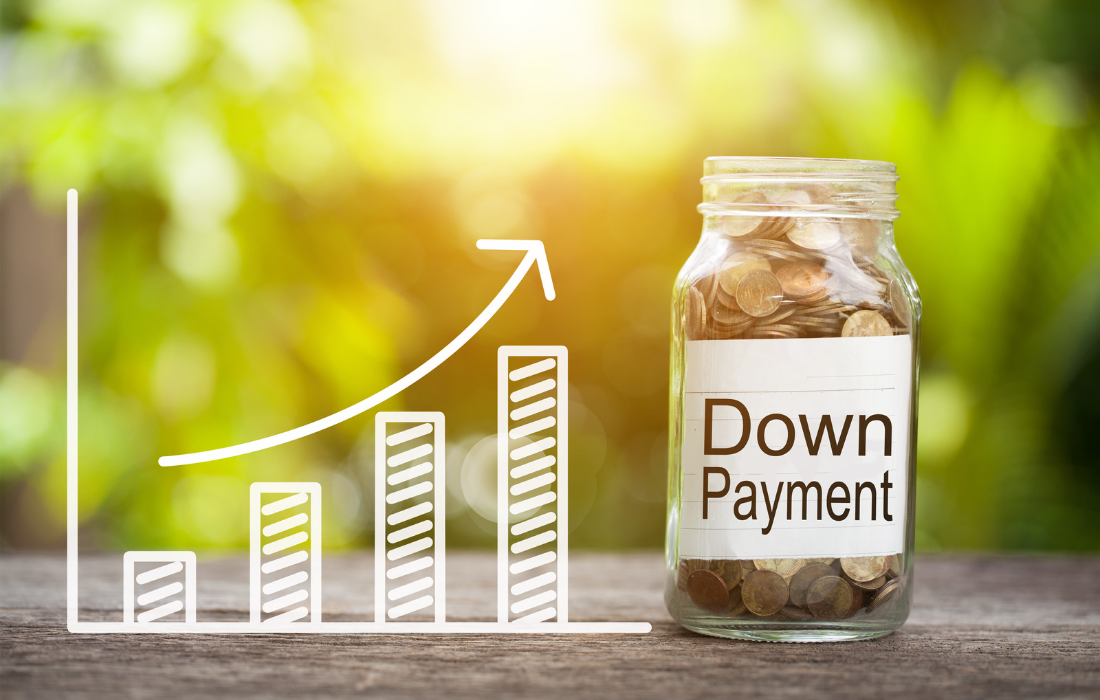Getting the Down Payment Down
🕛 4 minute read
One of the most critical aspects of a mortgage application and new home purchase is the down payment. In Canada, home purchases require a minimum cash payment that comes from your own funds and is considered your stake in the deal.
While most home buyers understand that a certain amount of money down will be required on a home, many don’t realize the ins-and-outs of down payments, such as where the funds are allowed to come from and ensuring a proper paper trail.
When it comes to preparing your down payment and working towards your perfect home, here are a few things to keep in mind:
SOURCES OF DOWN PAYMENT
Lenders are required to verify the source of funds for your down payment to ensure that they come from an acceptable source. Traditional options for your down payment include your savings and/or investment account(s), a gift from a family member, or the use of your Registered Retirement Savings Plan (RRSP) if you are a first-time buyer.
The most recent consecutive 3-month or 90-day history is required for all money being used towards your down payment (all accounts, all transfers and all sources).
HOW MUCH DOWN?
When putting money down on your new home, you need to consider the minimum down payment required as well as additional fees. For example:
If you’re purchasing a home you plan on living in (your primary residence), or a second home you plan on occupying part of the time, the minimum amount required in Canada is 5% for the first $500,000, with 10% down on any amount beyond that threshold up to $999,999.
If your down payment is less than 20% of the price of your home, you will be required to purchase mortgage loan insurance in case of default.
If you’re purchasing a home that is $1M or more or an investment property you plan on renting out entirely, a minimum of 20% is required for your down payment.
ADDITIONAL COSTS AND FEES
Closing costs are typically 1.5% up to 4% of the purchase price and include legal fees. You are required to show that you have enough to cover these costs, which may include providing bank statements.
In summary, a down payment is a critical part of the home-buying process, and there are many important factors to consider. By keeping the sources of your down payment in mind, understanding how much down you need, and taking into account additional costs and fees, you’ll be well on your way to finding the perfect home. Thinking of buying within the next 4 months? Get in touch and I can help guide you through the process to getting pre-approved and find the best lender and mortgage product for you!
Subscribe to receive monthly Home, Lifestyle & Economic News here.
